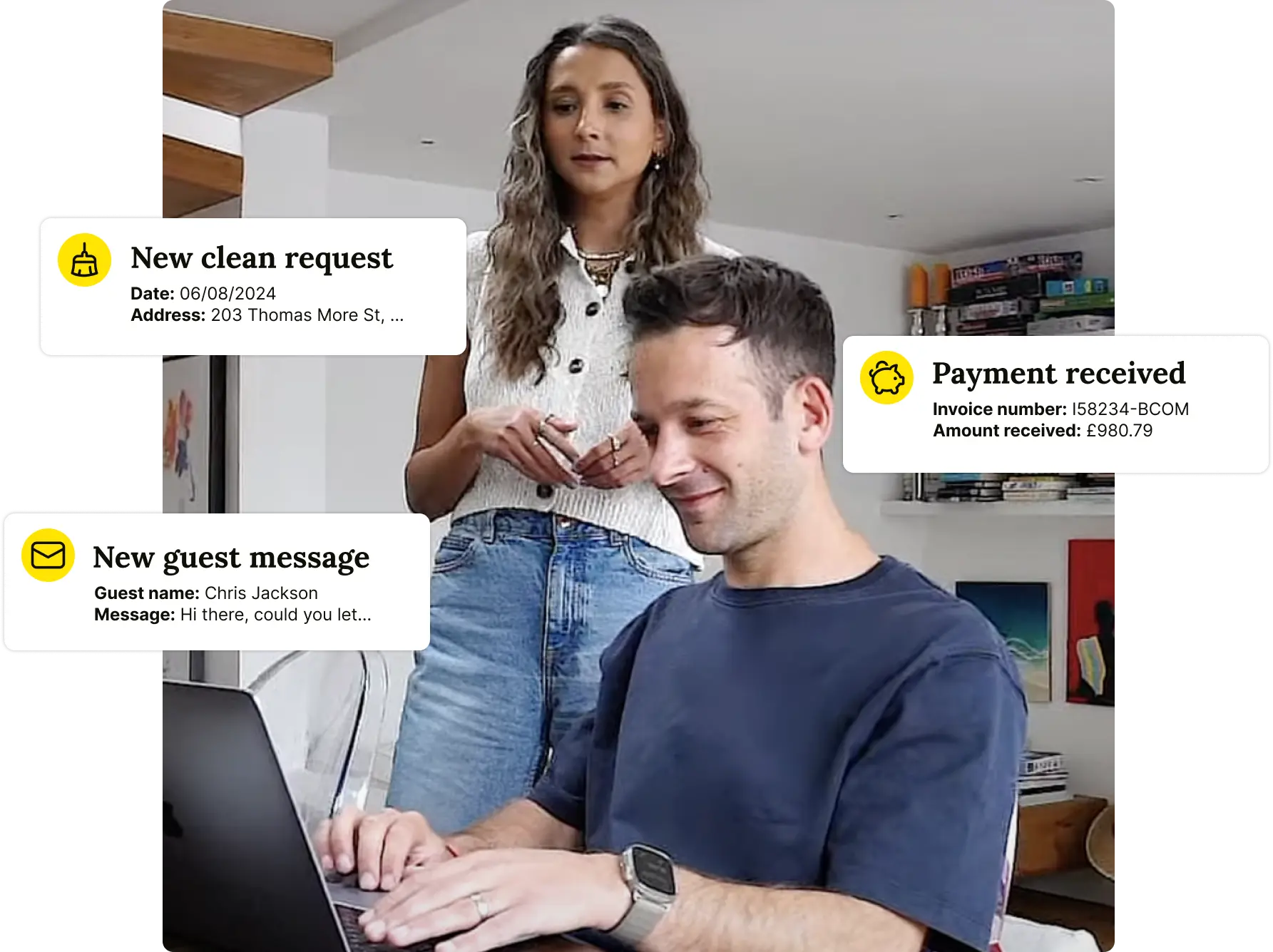In the dynamic landscape of today's property market, rent-to-rent contracts have emerged as a strategic tool for savvy investors and entrepreneurs. This innovative arrangement allows an individual or company to rent a property from a landlord and subsequently sublet it to third parties, often transforming the space to maximise rental income. A prime example includes converting a traditional three-bedroom house into a more profitable house share, appealing to both landlords and tenants by ensuring consistent rent payment and effective property management.
The Essence of Rent to Rent
Rent to rent is not just about securing a property; it's about optimising it for maximum financial return. Landlords are typically open to such arrangements when they're assured of regular rent, while the tenant, now stepping into a landlord's shoes, takes on the property management responsibilities along with the opportunity to profit. This model is particularly attractive in high-demand urban areas where space is at a premium and the rental market is robust.
Exploring Different Models
- Guaranteed Rent Model: This involves negotiating a discounted rent with the original landlord in exchange for guaranteed monthly payments, allowing the rent to renter to find tenants willing to pay the full market rate.
- HMO Conversion: Another popular model is converting a standard family home into a House in Multiple Occupation (HMO) with the landlord’s permission. This can significantly increase income potential by offering individual rooms to multiple tenants.
Navigating Legal Waters
A critical aspect of rent-to-rent contracts is ensuring they adhere to local laws and housing regulations. It's essential to:
- Craft clear, comprehensive tenancy agreements between the rent to renter and the original landlord.
- Understand and comply with the legal requirements for subletting, especially when converting properties into HMOs, to avoid potential legal pitfalls.
This article aims to demystify rent-to-rent contracts for landlords, property owners, realtors, and those exploring the serviced accommodation business. By addressing common queries and outlining key considerations, we hope to provide valuable insights into making informed decisions in this unique segment of the property market. Whether you're a seasoned investor or a newcomer to real estate, understanding rent-to-rent contracts is pivotal to navigating the complexities of today's rental landscape.
Table of Contents
Understanding Rent-to-Rent Contracts: A New Era in Property Letting
In the evolving landscape of the UK property market, the rent-to-rent contract has carved out its niche, offering a unique proposition for landlords, property owners, and realtors alike. This innovative agreement diverges from traditional rental models, presenting a fresh avenue for property management and investment strategies.
Defining the Rent-to-Rent Contract
At its core, a rent-to-rent contract establishes an agreement where an individual or company, known as the rent-to-renter, leases a property from the owner. The owner is assured of a guaranteed rental income over the agreed term, creating a stable financial expectation regardless of the property's occupancy status. This model is particularly appealing in markets with high demand for rental properties, providing landlords with peace of mind and financial predictability.
A Contrast to Traditional Lettings
The rent-to-rent model stands in contrast to conventional rental agreements in several key ways:
- Occupancy: Unlike traditional leases where the tenant personally occupies the leased property, rent-to-rent arrangements see the tenant (now acting more like a manager) subletting the property to others.
- Management and Profit: The rent-to-renter assumes both the responsibility for managing the property and the potential to profit from subletting. This includes finding tenants for each room in cases where a property is converted into a House in Multiple Occupation (HMO).
This arrangement not only offers a creative solution for maximising rental income but also introduces a level of flexibility and entrepreneurship into the property letting business. For landlords, it translates into a hassle-free way to ensure their property generates income without the need for direct involvement in day-to-day management. For the rent-to-rentter, it opens up opportunities for profit by effectively managing and optimizing the property's rental potential.
In summary, rent-to-rent contracts represent a symbiotic relationship between property owners and entrepreneurial tenants, redefining roles and expectations in the property rental market. By understanding the nuances of this contract, stakeholders can navigate the opportunities and challenges it presents, leveraging its unique aspects to meet their investment and management goals in the serviced accommodation sector and beyond.
Essentials of a Rent-to-Rent Contract: Key Components for Success
In the nuanced world of property investment, a well-crafted rent-to-rent contract is pivotal for ensuring a mutually beneficial arrangement between landlords and tenants. This contract serves as the foundation for a successful partnership, outlining the rights, responsibilities, and expectations of all parties involved. Here, we delve into the essential elements that constitute a rent-to-rent contract, emphasising the importance of clarity and mutual understanding to avoid potential disputes and ensure a smooth operation.
Understanding Types of Rent-to-Rent Contracts
To navigate the rent-to-rent landscape effectively, it’s crucial to understand the two primary types of contracts used in these arrangements:
- Lease Agreement: This is a commercial lease granting the tenant the right to rent and subsequently sublet the property, typically to their own tenants or guests, for a certain period. This type of agreement is ideal when dealing directly with property owners, particularly for properties already serving as Houses in Multiple Occupation (HMOs) or commercial spaces.
- Management Agreement: This contract allows the tenant to manage the property, such as an HMO or serviced apartment, on behalf of the owner. It’s commonly used when engaging with letting agents or owners of properties not already designated as HMOs or commercial properties.
Core Terms to Include in Rent-to-Rent Contracts
A robust rent-to-rent contract should comprehensively cover several key areas to protect the interests of all parties and ensure the agreement's longevity:
- Party Information: Clearly state the details of the landlord (property owner), the tenant (you, the rent to renter), and any other parties involved in the agreement. This ensures transparency and accountability throughout the lease term.
- Property Information: Include a detailed description of the property subject to the rent-to-rent agreement. This should encompass both the physical characteristics and the address, providing a clear understanding of what is being leased.
- Lease Terms and Termination: It’s essential to explicitly define the duration of the lease, including start and end dates, and outline the conditions under which the lease may be terminated. This section should cover both parties' rights regarding early termination, renewal options, and any penalties for breach of contract.
By incorporating these elements into your rent-to-rent contract, you establish a clear framework for the agreement, setting the stage for a profitable and harmonious relationship. Ensuring that both types of contracts—whether a lease or management agreement—contain detailed provisions on party information, property details, and lease terms not only minimises potential misunderstandings but also reinforces the legal and operational structure necessary for successful property management.
In conclusion, the essence of a successful rent-to-rent arrangement lies in the contract's ability to clearly articulate the agreement's scope, roles, and expectations. For landlords, property owners, realtors, and those venturing into the serviced accommodation business, understanding and implementing these contract essentials is key to unlocking the full potential of rent-to-rent opportunities in the UK property market.
Legal Foundations of Rent-to-Rent Contracts
Embarking on a rent-to-rent venture requires a solid understanding of its legal framework to ensure that the arrangement is not only profitable but also compliant with UK laws. This section outlines the essential legal considerations that underpin a successful rent-to-rent contract, emphasising the importance of clarity, compliance, and mutual understanding in fostering a legitimate and thriving agreement between all parties involved.
Legitimacy of Rent to Rent in the UK
- Legal Standing: The rent-to-rent model is a recognised commercial practice in the UK, offering a viable solution for both property owners seeking guaranteed income and entrepreneurs looking to capitalise on rental opportunities.
- Compliance is Key: Success in rent-to-rent hinges on adherence to statutory rules and regulations. It's crucial for all parties to engage in this arrangement with a clear understanding of their legal obligations to maintain its legitimacy.
Key Legal Considerations for Rent-to-Rent Contracts
Navigating the legal landscape of rent-to-rent contracts involves careful attention to several key areas:
- Tenancy Agreements: The cornerstone of any rent-to-rent arrangement is a well-drafted tenancy agreement. This document should meticulously detail the rights and responsibilities of the landlord (property owner) and the tenant (rent to renter), ensuring there is no ambiguity regarding obligations, payment terms, property care, and the scope of the subletting permissions.
- Compliance with Property Laws: Engaging in rent-to-rent requires strict adherence to UK property laws and regulations. This includes ensuring the property meets all health and safety standards, adhering to HMO licensing requirements where applicable, and respecting tenant rights under UK housing law. Proper legal compliance not only safeguards the interests of all parties but also reinforces the contract's enforceability.
By prioritising these legal considerations, stakeholders can navigate the complexities of rent-to-rent arrangements with confidence. The emphasis on drafting comprehensive tenancy agreements and ensuring full compliance with property laws serves as a blueprint for establishing legitimate, profitable, and harmonious rent-to-rent operations. For professional landlords, property owners, realtors, and individuals eyeing the serviced accommodation business, understanding these legal underpinnings is crucial for leveraging rent-to-rent opportunities effectively and ethically within the UK property market.
Rent to Rent Contract Templates
Utilising rent-to-rent contract templates is an efficient way to ensure your agreements are not only comprehensive but also cater specifically to the intricacies of your property arrangements within the UK. Here’s a guide to effectively leveraging these templates for your contracts, ensuring they meet legal standards and are tailored to your requirements.
Finding Rent-to-Rent Contract Templates
In the UK, several reputable organisations offer templates designed to simplify the creation of rent-to-rent agreements:
- The British Landlords Association (BLA) provides a detailed Rent to Rent Agreement template in Word format. This document includes essential terms, responsibilities, and considerations for repairs and maintenance. It’s designed for flexibility, allowing you to modify the content to suit your specific agreement.
- LawDepot offers a versatile Free Tenancy Agreement Template, adaptable for various rental scenarios including fixed-term leases, rolling tenancies, house shares, and individual room rentals. Its customisability makes it an invaluable resource for a wide range of rent-to-rent situations.
- RentalDocs presents a rental agreement template in both Word Doc and PDF formats. This template is ready to use but can also be adjusted to reflect the particularities of your property, making it a practical choice for those seeking both convenience and customisation.
Customising Rent-to-Rent Contract Templates
To ensure the template accurately reflects your rent-to-rent arrangement, consider the following customisation tips:
- Conduct a Thorough Review: Initially, familiarise yourself with each section of the template to understand its provisions and how they align with your intended arrangement. Identifying which parts of the agreement need adjustment is crucial for effective customisation.
- Incorporate Specific Details: Enhance the template by adding detailed information pertinent to your property, such as the agreed rent amounts, payment intervals, and any unique clauses you wish to include. Personalising the agreement in this manner ensures it accurately represents the terms agreed upon by both parties.
- Seek Professional Advice: When customising a contract, legal intricacies must be considered to ensure compliance with the UK's property laws. Should any doubts arise during the customisation process, consulting with a legal expert is advisable. This step is vital to ensure your rent-to-rent contract is not only tailored to your specific needs but also adheres to all relevant legal requirements.
By starting with a solid foundation provided by a template from trusted sources and tailoring it to fit the specifics of your arrangement, you can create effective, legally compliant rent-to-rent contracts. This process not only streamlines the drafting of agreements but also offers assurance that your contractual relationships are built on clarity, mutual understanding, and legal soundness, catering perfectly to the unique demands of the UK property market.
Rent to Buy and Rent to Own Contracts: Paving the Way to Homeownership
In the diverse landscape of the UK property market, rent-to-buy and rent-to-own contracts present innovative pathways for individuals aspiring to homeownership. Distinct from traditional rent-to-rent agreements, these contracts offer potential benefits that extend beyond simple property management, providing a bridge for renters to become homeowners.
Rent to Buy Contracts: A Stepping Stone to Ownership
Rent-to-buy schemes, also recognised as rent-to-own in some circles, are designed with future homeowners in mind. Here's how they stand out:
- Overview: This arrangement facilitates tenants in saving towards a deposit whilst still residing in the property, blending the rental and purchasing processes.
- Discounted Rent: One of the key attractions is the provision of properties at approximately 20% below the usual market rent, easing the financial burden on tenants.
- Equity Building: Unlike traditional renting, tenants are granted the opportunity to purchase the property at a future date, allowing them to start building equity in their home from the outset.
Potential Benefits:
- Equity Accumulation: The scheme enables tenants to gradually build equity through rent payments, a portion of which may contribute towards purchasing the property.
- Path to Ownership: It offers a tangible route for renters to transition into homeowners, making it an attractive option for those currently priced out of the property market.
Rent to Own Contracts: Flexibility and Commitment
Rent-to-own contracts come in two main flavours, each with its own set of characteristics:
- Lease Option: This gives tenants the flexibility to purchase the home at the end of the lease term without a binding obligation to do so, offering a test period before making a significant financial commitment.
- Lease Purchase: More binding than a lease option, this contract includes a commitment to purchase the property at a pre-agreed time, securing a future purchase price and allowing tenants to accumulate equity through lease payments.
Potential Benefits:
- Flexibility: The lease option aspect provides tenants with the flexibility to decide on homeownership at the lease's end without the immediate pressure of a large financial commitment.
- Equity Building: For those certain of their path to ownership, lease purchase agreements ensure that rent payments contribute towards building equity, offering a sense of investment from the beginning.
Both rent-to-buy and rent-to-own contracts offer unique advantages for those navigating the journey towards homeownership. By providing discounted rent, a pathway to equity accumulation, and flexible terms, these arrangements can significantly impact the ability of renters to step onto the property ladder. For professional landlords, property owners, and realtors, understanding and utilising these contracts can enhance property management strategies and support tenants in achieving their homeownership goals.
Crafting Contracts for Serviced Accommodation: A Guide
Serviced accommodation represents a lucrative niche within the property market, offering landlords and investors the opportunity to cater to guests seeking short-term stays. This arrangement differs significantly from traditional buy-to-let models, requiring a unique approach to contract drafting to ensure the agreement benefits both the property provider and the occupants.
Understanding Serviced Accommodation
Serviced accommodation operates on the principle of offering fully furnished properties for short-term rentals. This can range from a single night to several months, providing flexibility for both guests and property owners. The appeal of serviced accommodation lies in its potential for higher returns, driven by the demand for temporary lodging that offers the comforts of home.
Key Contractual Considerations
When venturing into serviced accommodation, the contractual framework needs to address the short-term nature of the stays and the higher turnover of guests:
- Service Occupancy Agreement: This is crucial when the accommodation is provided as part of employment, often termed as "tied accommodation." It clarifies the terms under which living space is offered for work-related purposes, ensuring both employer and employee understand their rights and responsibilities.
- Tenant Profile and Tenancy Agreement: Unlike the standard Assured Shorthold Tenancy (AST) used in long-term rentals, serviced accommodation requires a more tailored agreement. This should account for corporate lets and short-term bookings, detailing the expectations for both parties regarding duration, payment, and services provided.
Resources for Developing Serviced Accommodation Contracts
Several resources are available to assist landlords and property managers in crafting suitable agreements for serviced accommodation:
- Progressive Property: Offers valuable insights into the operational aspects of serviced accommodation, highlighting best practices for managing these types of properties effectively.
- Jamie King Creative Agency: Provides access to an accommodation terms and conditions template, which can serve as an excellent starting point for developing your booking terms.
- RSN Golden Property: Features a comprehensive document pack specifically designed for serviced accommodation ventures, equipping landlords with the necessary tools to navigate this sector successfully.
Creating a contract for serviced accommodation requires a detailed understanding of the unique dynamics of short-term rentals. By incorporating specific clauses tailored to the needs of transient occupancy and leveraging available resources, landlords can establish clear, mutually beneficial agreements. This not only enhances the guest experience but also optimises the profitability and operational efficiency of the serviced accommodation business. For professional landlords, property owners, and realtors exploring this segment, a well-structured contract is essential to navigating the complexities and seizing the opportunities within the serviced accommodation market.
Navigating Contractual Hurdles in Rent-to-Rent Agreements
Engaging in rent-to-rent arrangements presents a unique set of challenges that, if not carefully navigated, can complicate the relationship between landlords, rent-to-renters, and sub-tenants. Understanding these challenges is crucial for drafting and enforcing agreements that are both fair and legally sound. Here's a guide to overcoming common contract challenges in the UK's rent-to-rent sector, ensuring a smooth operation for all parties involved.
Identifying Common Challenges
- Maintenance Responsibilities: A frequent point of contention lies in delineating the responsibilities for property maintenance and repairs. It's essential that the rent to rent contract explicitly states whether the landlord or the rent-to-the-renter is responsible for various maintenance tasks, such as boiler servicing and minor repairs, to prevent disputes down the line.
- Sub-letting Risks: Sub-letting introduces risks, particularly if tenants fail to pay rent or cause damage to the property. Including protective clauses in your contract can safeguard your interests, providing a clear course of action in the event of tenant default.
- Legal Compliance: Adhering to the myriad of landlord-tenant laws and regulations is paramount. Your contract should reflect a deep understanding of local legal requirements, ensuring that both parties' rights are protected.
- Termination Clauses: A well-structured rent-to-rent agreement will also outline the conditions under which the contract can be terminated, including notice periods and the procedures for an orderly exit from the agreement.
Legal Tips for Solid Agreements
- Detailing Terms: To avoid ambiguity, it's important to detail all terms comprehensively within the contract. This includes specifying rent amounts, payment dates, and the division of responsibilities clearly.
- Tenant Screening: Mitigating risks associated with sub-letting begins with rigorous tenant screening. Ensuring that sub-tenants are reliable and financially stable can help maintain a harmonious rental environment.
- Professional Legal Consultation: Perhaps the most critical step in crafting a rent-to-rent agreement is consulting with a legal professional. A solicitor can tailor your contract to meet specific needs and ensure it complies with all applicable laws and regulations.
By addressing these challenges head-on and incorporating legal best practices into your rent-to-rent agreements, you can create a framework that benefits both the property owner and the rent-to-rentter. Ensuring clarity, compliance, and fairness in your contracts not only minimises potential disputes but also fosters a positive, profitable relationship for everyone involved in the rent-to-rent arrangement.
Final Thoughts: Mastering Rent-to-Rent Contracts for Property Success
Throughout this exploration of rent-to-rent contracts, we've delved into the nuances that make these agreements a valuable strategy in the UK property market. From understanding the basic framework of a rent-to-rent contract to navigating the legal intricacies and overcoming common challenges, it’s clear that meticulous preparation and clarity are key to forging successful property management arrangements.
The distinction between rent-to-rent, rent-to-buy, and rent-to-own contracts highlights the versatility available to landlords, property owners, and realtors. Each model offers unique benefits, whether it's the potential for higher returns in serviced accommodation or the pathway to homeownership for tenants. Yet, at the heart of each is the contract—a document that, when executed with precision and foresight, can secure profitability and stability for all parties involved.
For those venturing into the realm of rent-to-rent, the emphasis on crafting detailed agreements cannot be overstated. By ensuring that maintenance responsibilities are clearly outlined, sub-letting risks are mitigated, legal compliance is achieved, and termination clauses are unambiguous, stakeholders can set the foundation for a fruitful relationship. Utilising templates and seeking professional legal advice further strengthens this foundation, tailoring each contract to the unique contours of the property and the expectations of the parties.
In conclusion, the journey into rent-to-rent arrangements demands more than just an entrepreneurial spirit; it requires a comprehensive grasp of contractual obligations and a commitment to thoroughness in every aspect of agreement preparation. By prioritising clarity, legal compliance, and mutual benefit in your rent-to-rent contracts, you pave the way for successful property management ventures that can thrive within the dynamic UK property market. Let this guide serve as your roadmap to navigating rent-to-rent contracts with confidence, ensuring that each agreement you enter is structured for success.
🚀 Build a Thriving Airbnb Business with Houst
Monetize short-term rentals without owning property. Our Airbnb Business Partnership Program helps you start, scale, and automate a profitable Airbnb business with smart pricing, automation, and expert support.
💡 No Property Needed
📈 Expert Growth Strategies
🤖 Automated Hosting Tools

⭐ Rated 4.8/5 by 2,500+ Hosts
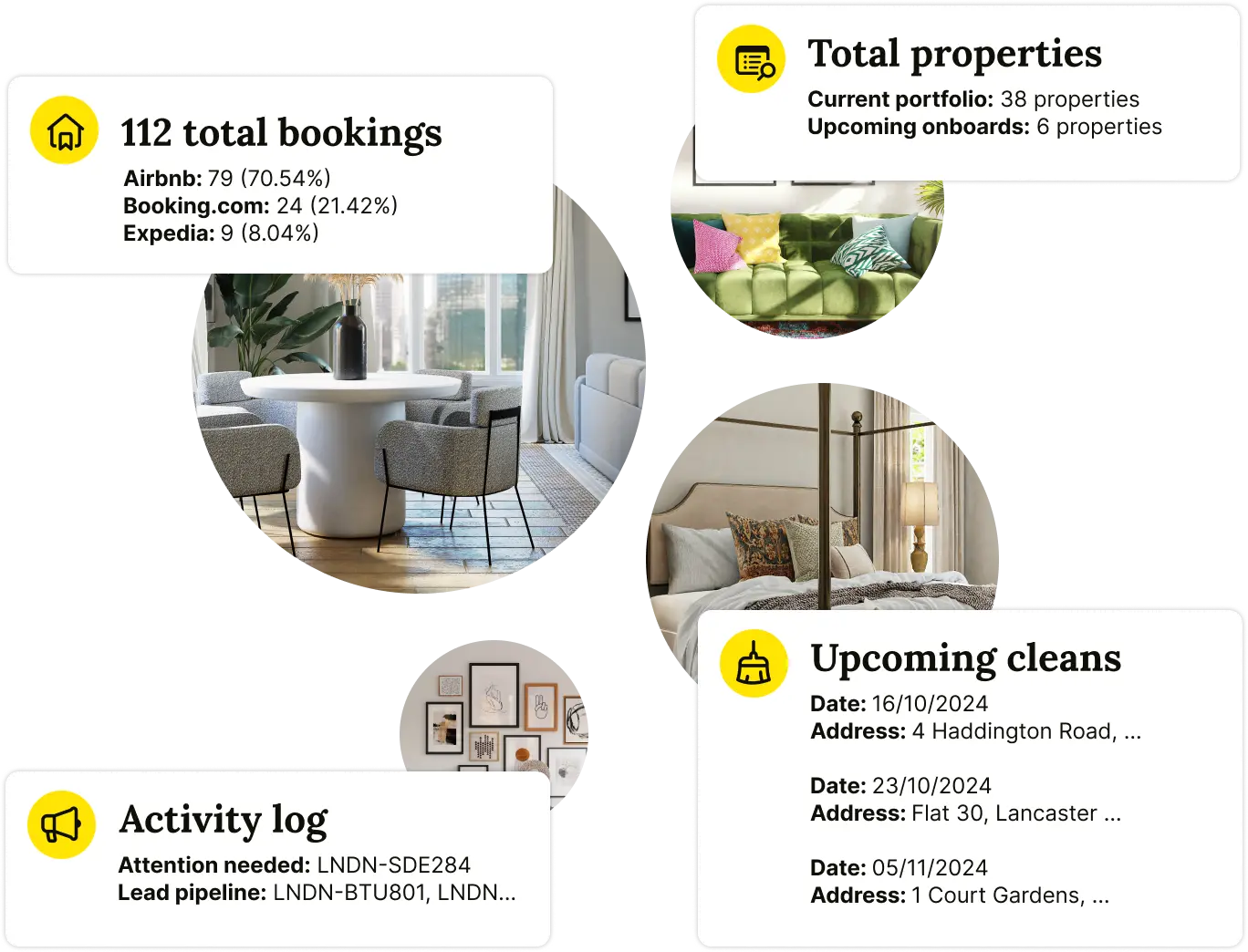
🧼 Airbnb Cleaning & Turnovers, Done Right

⭐ Rated 4.8/5 by 2,500+ Hosts
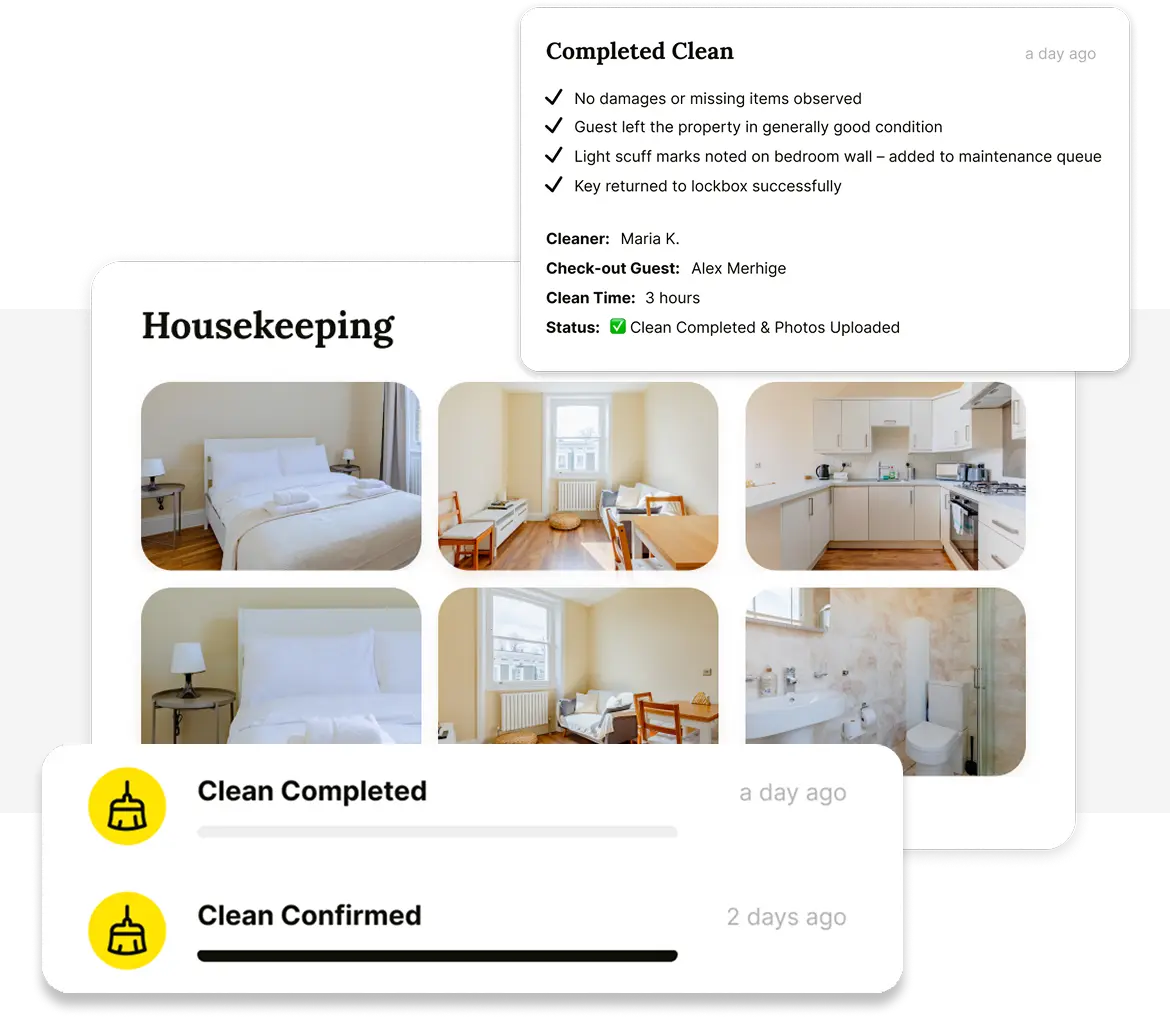
🚀 Build & Grow Your Airbnb Business with Houst
Turn your expertise into a profitable Airbnb business — without owning property.
Join Houst’s Airbnb Business Partnership Program to start, manage, and scale with ease. Get expert support, automation tools, and smart pricing strategies to maximize earnings and grow faster.

⭐ Rated 4.8/5 by 2,500+ Hosts
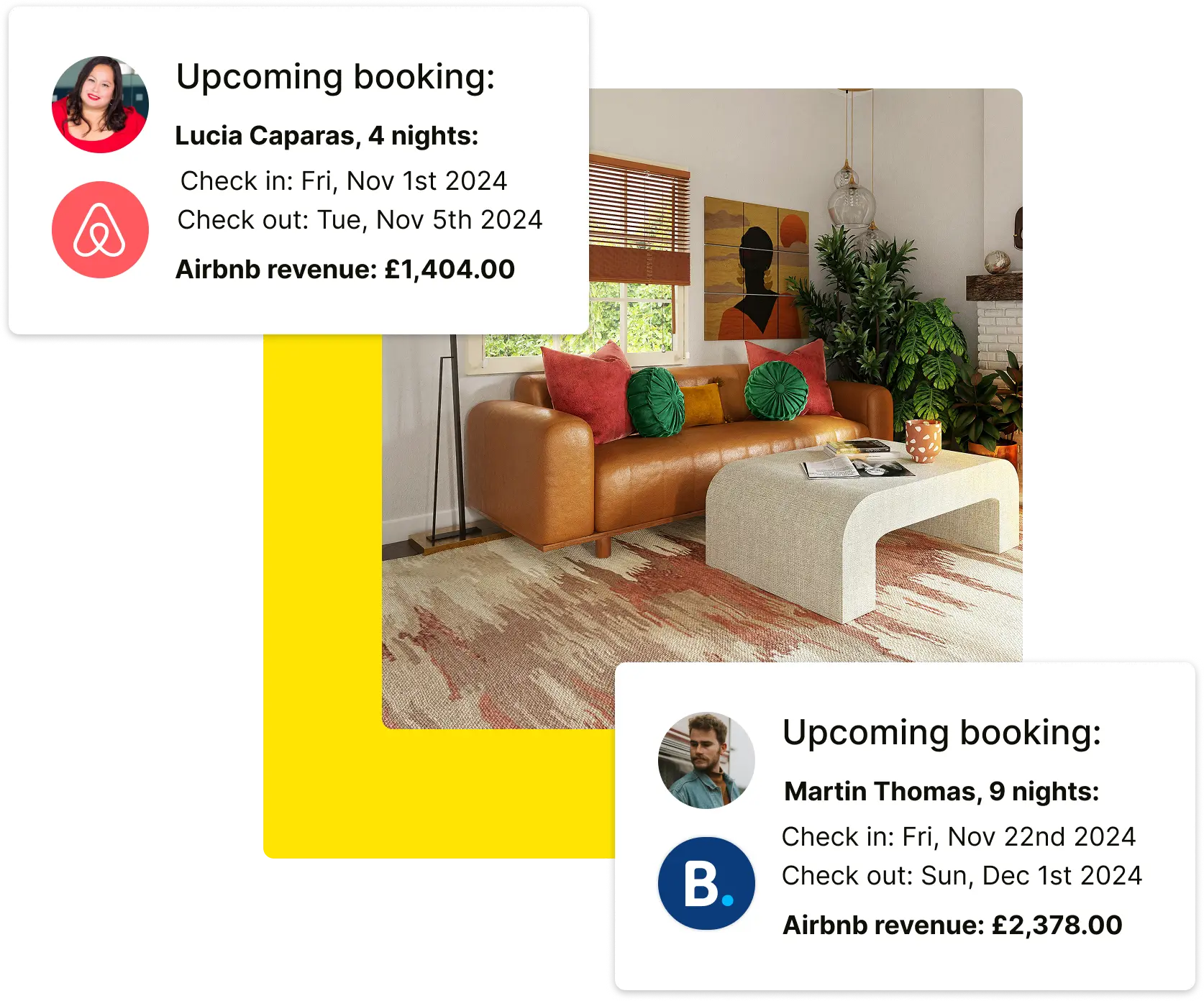

⭐ Rated 4.8/5 by 2,500+ Hosts
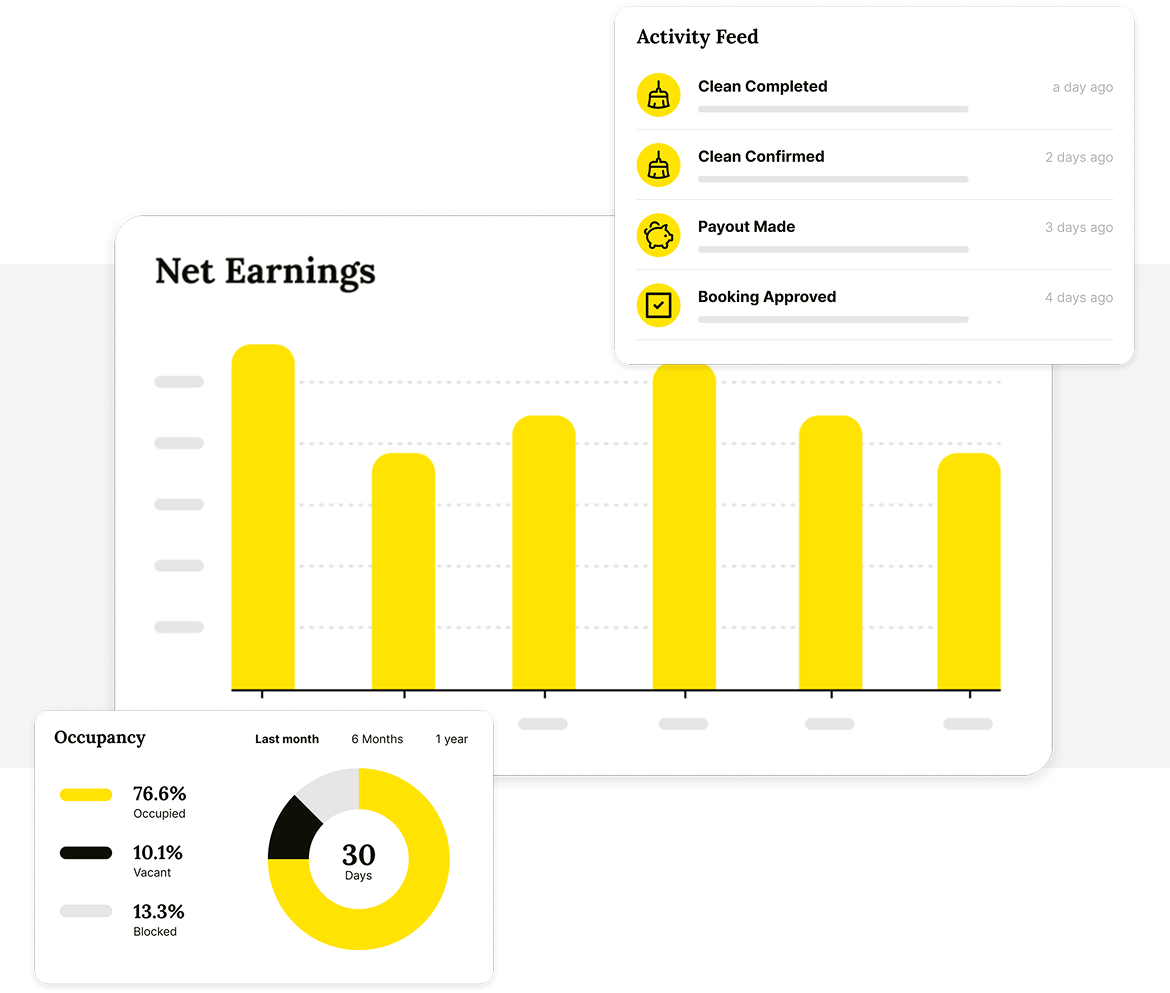
.webp)
🚀 Start & Scale Your Airbnb Business with Houst
Join Houst’s Airbnb Business Partnership Program to start, manage, and grow your short-term rental business. With expert marketing, automation tools, and dynamic pricing strategies, we help you maximise earnings and scale faster.

⭐ Rated 4.8/5 by 2,500+ Hosts
